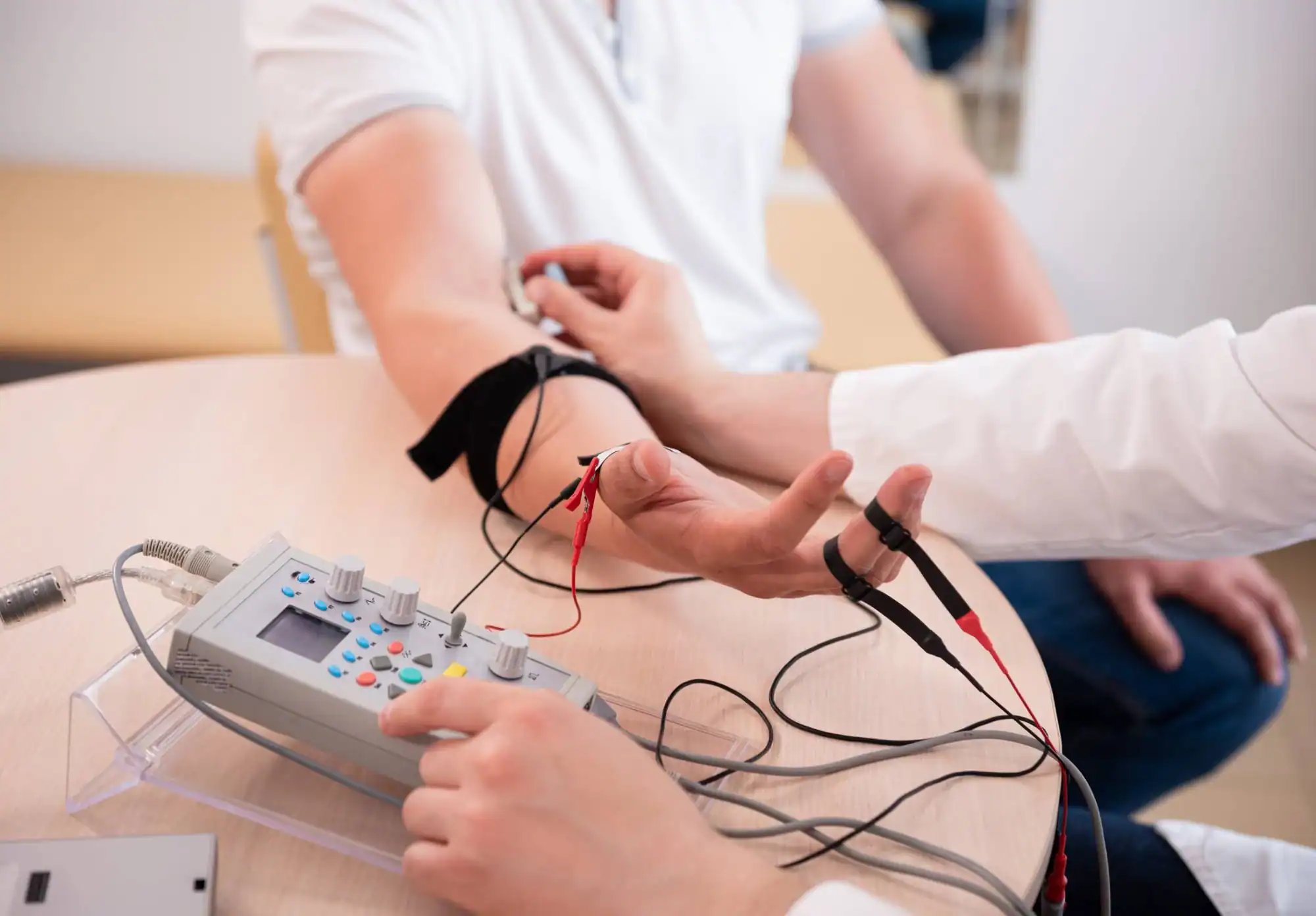Professional electromyography testing that pinpoints the source of your nerve and muscle problems.
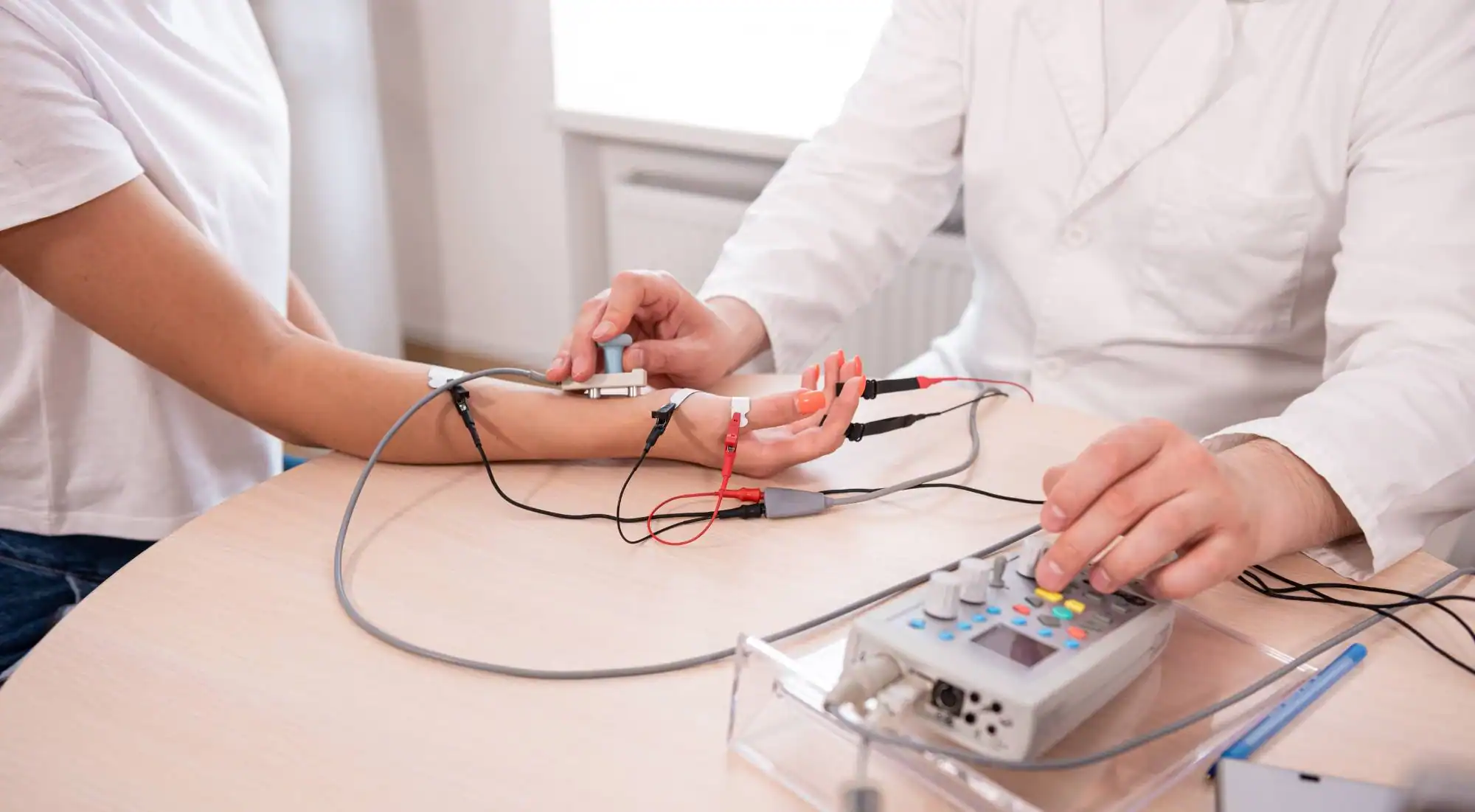
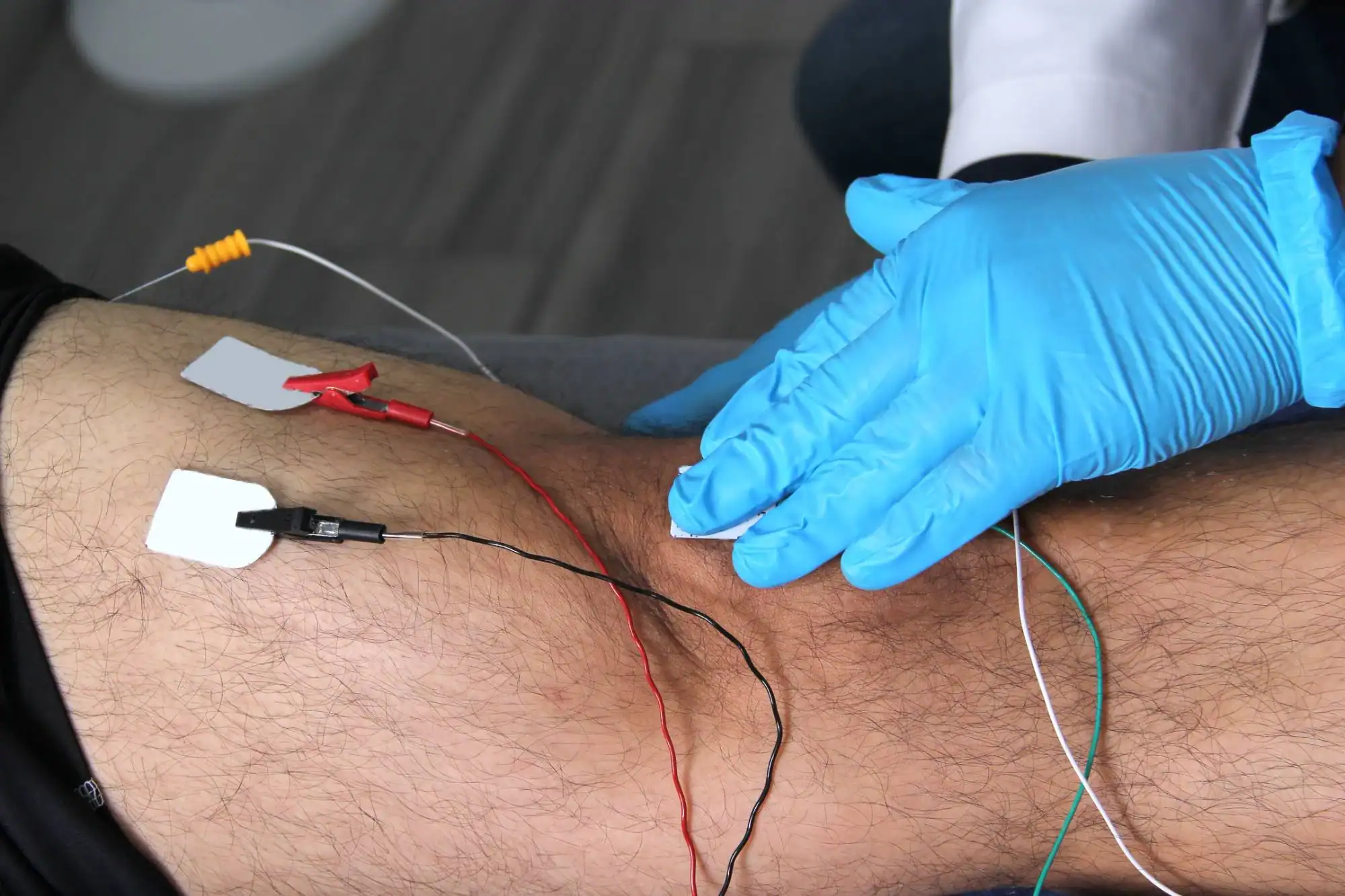
That numbness in your hands isn’t something you have to live with. The muscle weakness that’s affecting your grip doesn’t have to remain a mystery.
EMG testing gives you concrete answers about what’s happening with your nerves and muscles. You’ll know if that tingling is carpal tunnel, neuropathy, or something else entirely. No more guessing. No more wondering if it’s all in your head.
When you understand exactly what’s wrong, you can make informed decisions about treatment. You can plan your next steps with confidence instead of living in uncertainty about symptoms that are clearly affecting your daily life.
We have been providing diagnostic testing and spine care to the Bronx community for years. Our team understands that when you’re dealing with unexplained symptoms, you need answers from professionals who know what they’re looking for.
We focus specifically on spine, nerve, and muscle conditions. This isn’t a general practice trying to handle everything – this is specialized care from doctors who see these symptoms every day and know how to interpret the results accurately.
Located right in Williamsbridge, our clinic makes it convenient for local residents to get the testing they need without traveling across the city.
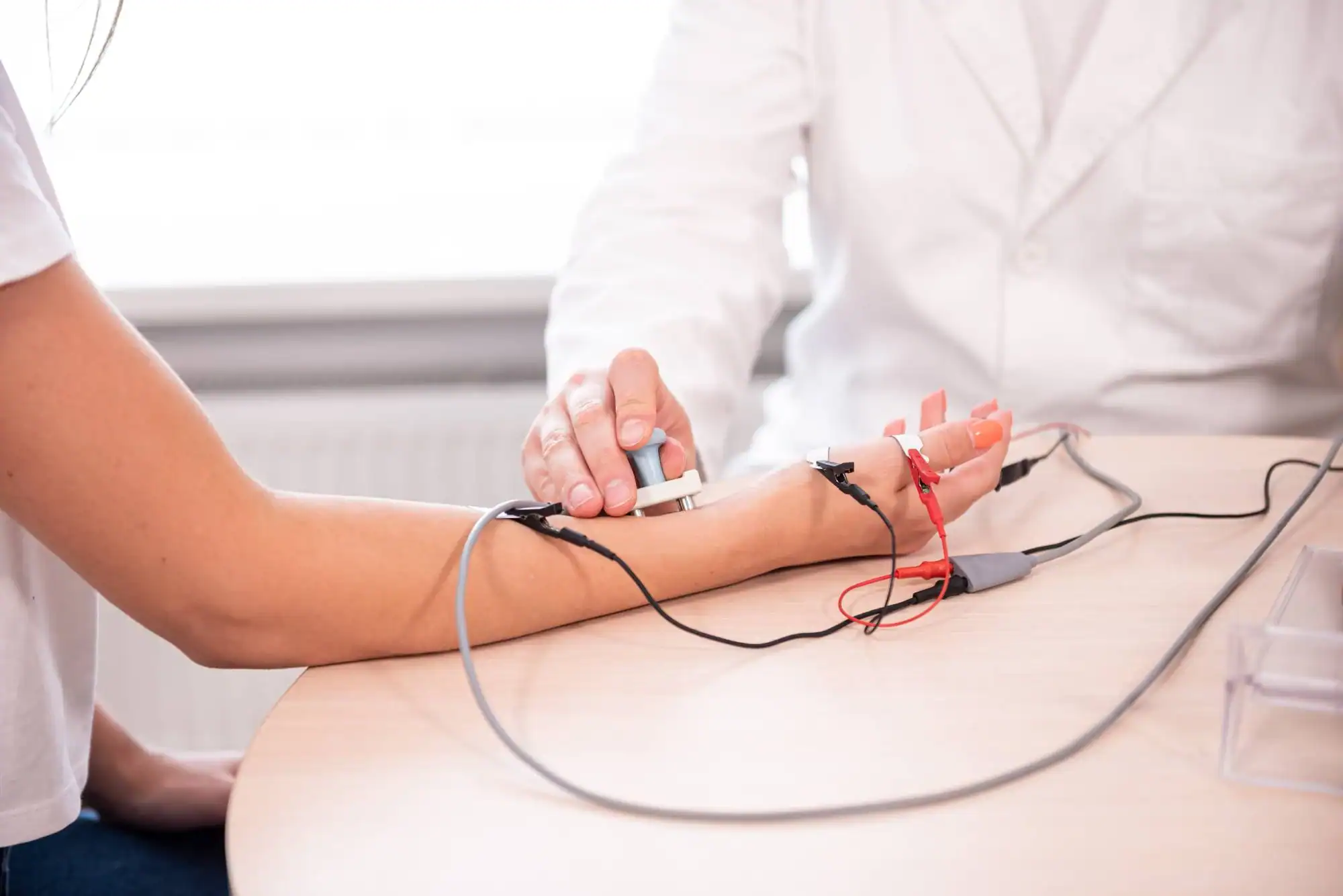
The EMG test has two parts: nerve conduction study and electromyography. During the nerve conduction study, small electrodes are placed on your skin. Mild electrical pulses test how well your nerves carry signals. You’ll feel a brief tingling sensation, but it’s not painful.
For the electromyography portion, a thin needle electrode is inserted into specific muscles to measure electrical activity. The needle is much thinner than those used for blood draws. You’ll feel a quick pinch, similar to an acupuncture needle.
The entire process takes 30-60 minutes depending on which nerves and muscles need testing. You’ll get immediate feedback about what we’re seeing, and results are typically available the same day. Most patients are surprised by how manageable the test is compared to what they expected.
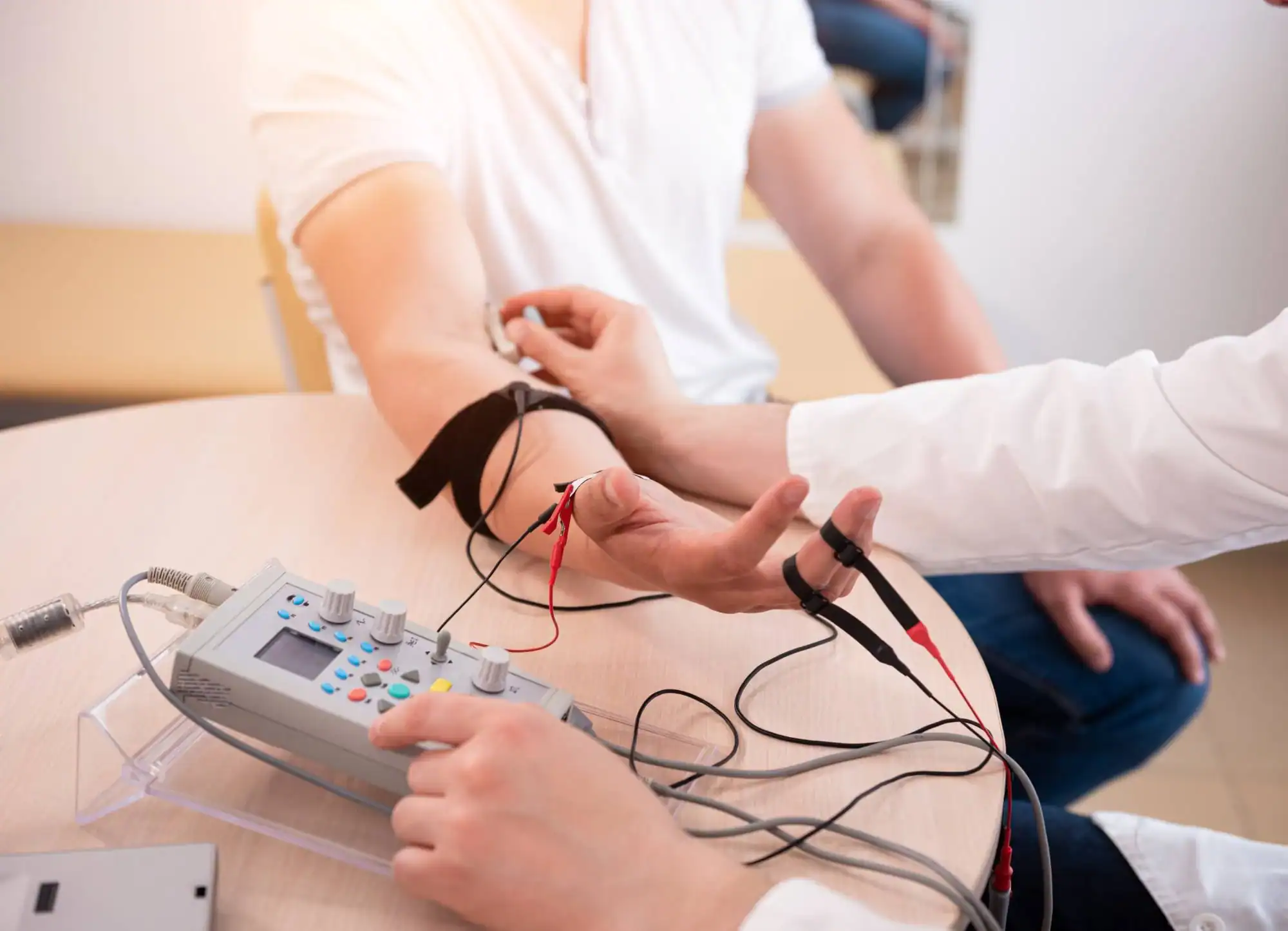
Ready to get started?
Your EMG testing includes both nerve conduction studies and electromyography to get a complete picture of what’s happening. The test can diagnose carpal tunnel syndrome, ulnar neuropathy, radiculopathy, muscle diseases, and other nerve-related conditions.
You’ll receive a detailed explanation of your results in terms you can understand. We’ll show you exactly what the test revealed and explain how it relates to your symptoms. If treatment is needed, you’ll get clear recommendations for next steps.
The testing is covered by most insurance plans when medically necessary. Our staff handles insurance verification beforehand so you know what to expect for costs. You won’t get surprise bills weeks later – everything is transparent from the start.
